The electric vehicle (EV) industry is saturated with startup companies like Rivian, which is at the forefront of EV manufacturing and has a big-budget backer in Amazon. One of the main selling points of EV companies like Rivian is their autonomous driving technology. Do Rivian vehicles use this technology? We've done our research, and here's what we've found.
Some automated assisted driving features are available in Rivian cars only on certain road conditions, and they require the attention of the driver. The automated driving features include highway assist and adaptive cruise control.
Rivian vehicles offer a lot of nifty technology, and there is more in store for the future autonomous driving of their vehicles. Check out the rest of the article as we discuss Rivian's Driver+ technology and more.
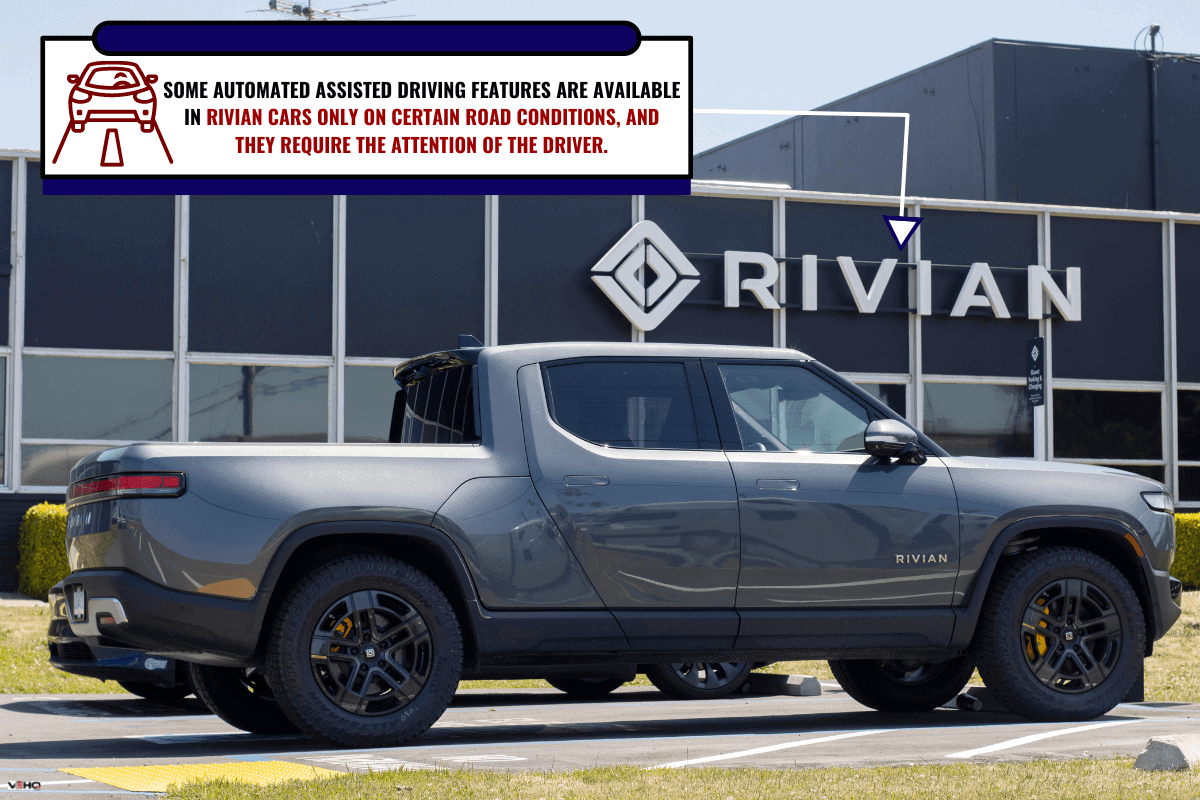
What Is Rivian's Driver+ Technology?
Rivian's Driver+ Technology is the safety feature program for all its vehicles.
The safety features can be categorized into two specific categories: Driving Assist and Active Safety Assist, with emphasis on the word "assist" as this technology does not indicate that Rivian vehicles are capable of fully-autonomous driving.
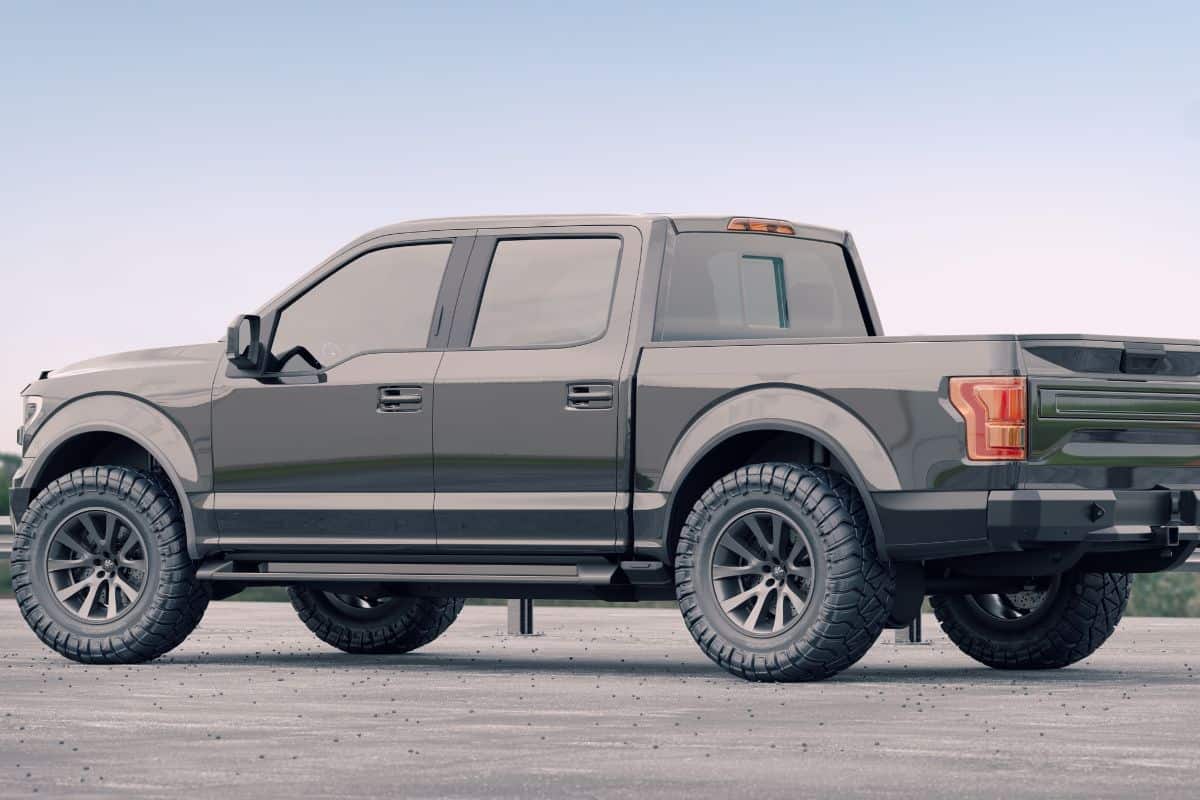
Rivian's Driver+ Technology is the standard technology across all Rivian's manufactured cars. It belongs under the Level 2 category of SAE's Autonomous Driving standards.
Driving Assist
This category of the Rivian Driver+ Technology aids with driving tasks on certain road conditions and requires driver awareness at all times.
- Lane Change Assist: Facilitates safe lane changing and highway merging.
- Adaptive Cruise Control: Capable of automatic acceleration and braking while keeping a safe distance from other vehicles.
- Highway Assist: Provides autonomous steering, acceleration, and braking when engaged on certain highways.
Active Safety Assist
These features supplement the Driving Assist safety features but are not limited to highway driving scenarios.
Lane Safety
- Lane Keep Assistance: Keeps your Rivian in your lane, primarily when the turn signal is not engaged to indicate a lane change.
- Lane Departure Warning: Signals whenever you are drifting too close to the other lane, especially if the turn signal is not engaged and there is a risk of collision.
- Blind Spot Warning: For vehicles considered to be in your blind spot, the Rivian will inform you that you're merging into an occupied lane.
Light Safety
- Automatic High Beams: When a vehicle is detected ahead, the system automatically switches from a high to a low beam for visibility safety.
Parking & Reverse
- Rear Cross-Traffic Warning: The system alerts you whenever there is traffic or people in your blind spot when backing up.
- Park Assist: Uses all the sensors and radars to assist the driver while parking.
- Trailer Assist: Aids in maneuvers whenever a trailer is attached to your Rivian.
Collision Prevention
- Forward Collision Warning: Alerts you of a potential collision at the front of the vehicle.
- Automatic Emergency Braking: Automatically engages the brakes when a potential collision is detected.
- Dynamic Brake Support: Adjusts your braking to help prevent a potential collision.
These Rivian Driver+ technology safety features are standard for every Rivian car. The company is also looking to add additional safety features in the future.
How Does Rivian's Driver+ Technology Work?
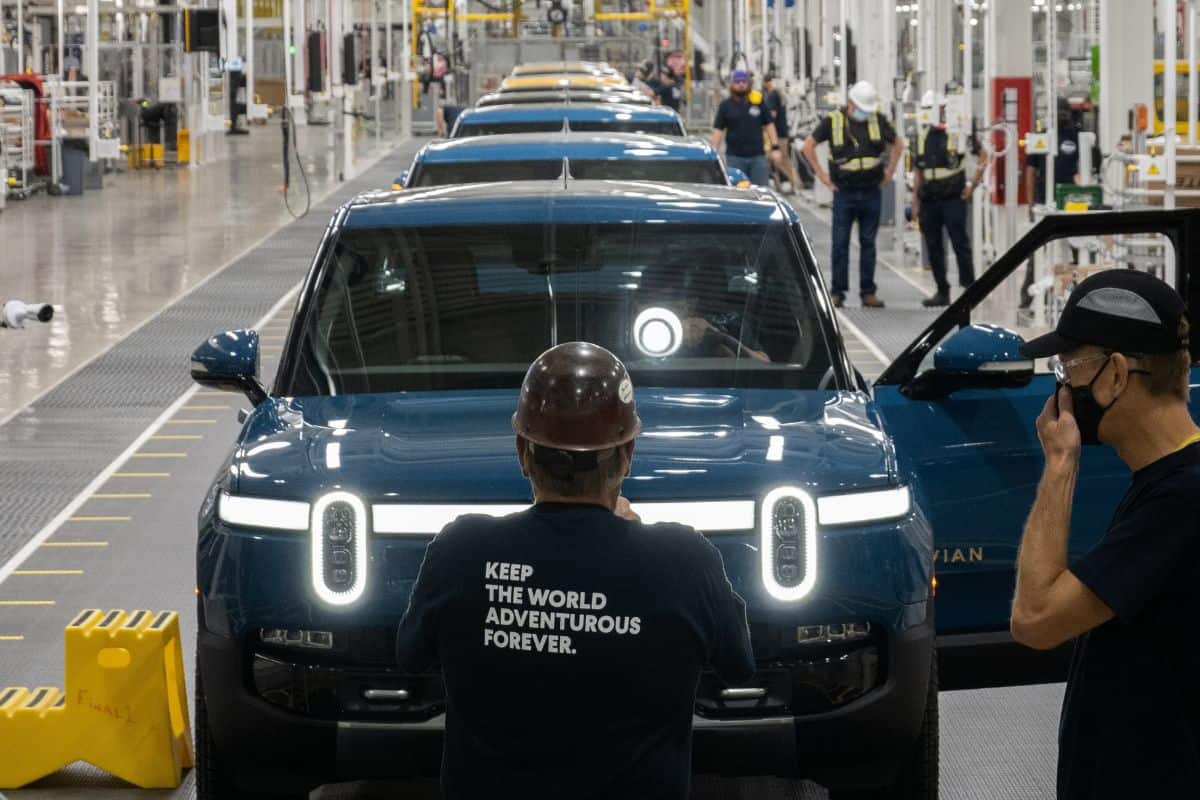
Like other EV car manufacturers, Rivian utilizes commercially available systems to enhance its vehicles' safety features. The system works because of the hardware included in every Rivian vehicle.
These include 10 cameras located around the car's exterior to monitor medium to high-speed driving. A single camera is also located inside the vehicle to monitor driver awareness.
Twelve ultrasonic sensors around the exterior are deployed to provide a 360-degree view of the vehicle. This is particularly helpful for most of your vehicle's Active Safety Assist features.
To top it off, Rivian uses five radars—one on each corner and one at the front—to do in-depth calculations and surveillance. This makes features like Lane Departure seamless and extra safe.
What Are SAE Driving Levels?
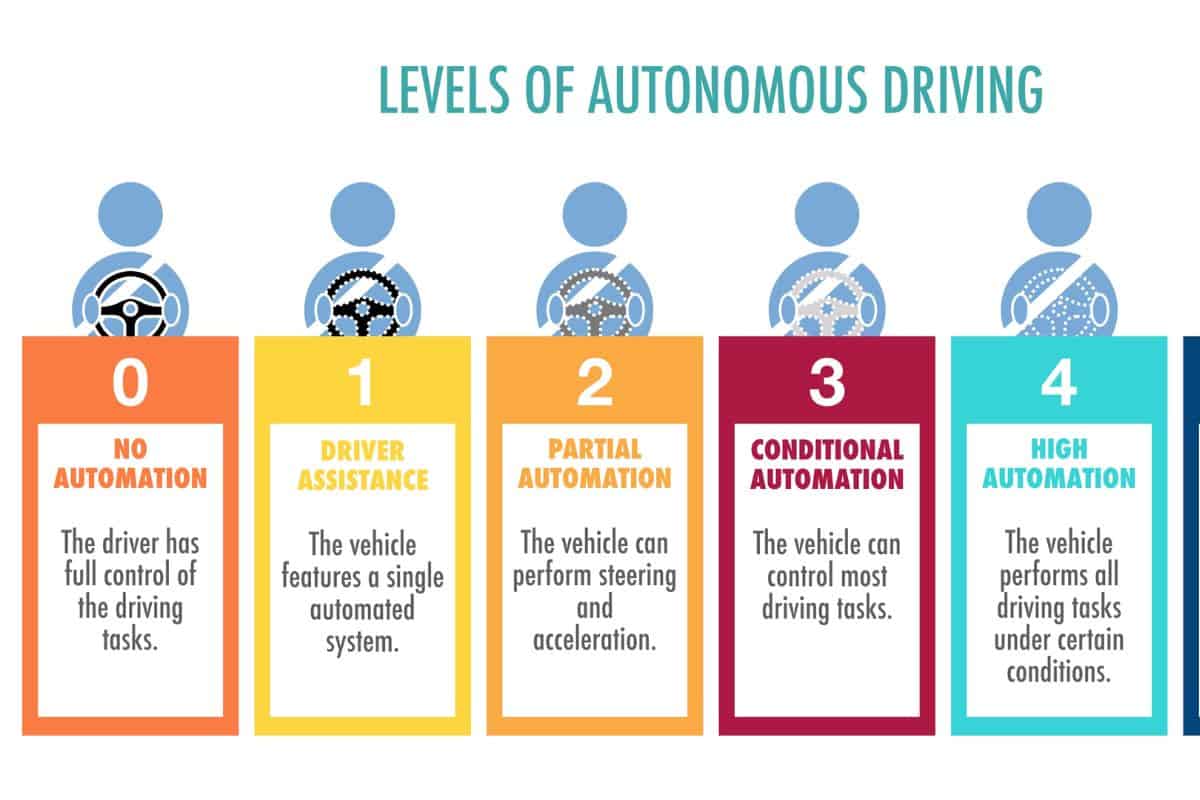
As electric vehicles grow in popularity, more and more road safety restrictions are being implemented to make EV technology and EV cars more road-friendly.
The Society of Automotive Engineers (SAE) released a table to categorize the driving automation level of each vehicle being rolled out. This will help lawmakers and the general public assess what kind of driving experience each car model will provide.
The levels range from zero (0) to five (5). You can learn about each level below.
SAE Level 0
This level is considered fully manual driving. The driver is in complete control of all operations, and the support features need driver supervision.
The features are often limited to warnings and alerts. These features include blind spot warning and lane departure warning.
SAE Level 1
Much like level 0, Level 1 is still considered fully manual driving with minimal driver support features. This could mean that automatic steering or braking is supported. The features often categorized under Level 1 are lane centering or adaptive cruise control.
SAE Level 2
This is the level where Rivian currently belongs. Although this level is considered assisted driving, more control is passed to the car itself.
Features like lane centering can be engaged simultaneously with adaptive cruise control and relieve the driver from manual driving on certain road conditions.
SAE Level 3
Level 3 is the lowest form of fully autonomous driving. With EVs at this level, fully autonomous driving can only be engaged under limited road conditions. There are still some key areas that require driver supervision.
SAE Level 4
This is where the car will be responsible for almost all of the driving. Although certain road conditions must still be met for automated driving to be engaged, you can expect the car will drive itself 80% of the time.
In some cases, a steering wheel is not required to be installed when the vehicle is Level 4-certified.
SAE Level 5
Vehicles under this category are fully autonomous. The vehicle will be able to drive independently under all conditions, and the "driver" will only be a passenger.
Driverless taxis, delivery trucks, and buses will be manufactured when more companies are capable of producing Level 5 autonomous driving vehicles.
When Can We Expect Fully Autonomous Driving From Rivian?
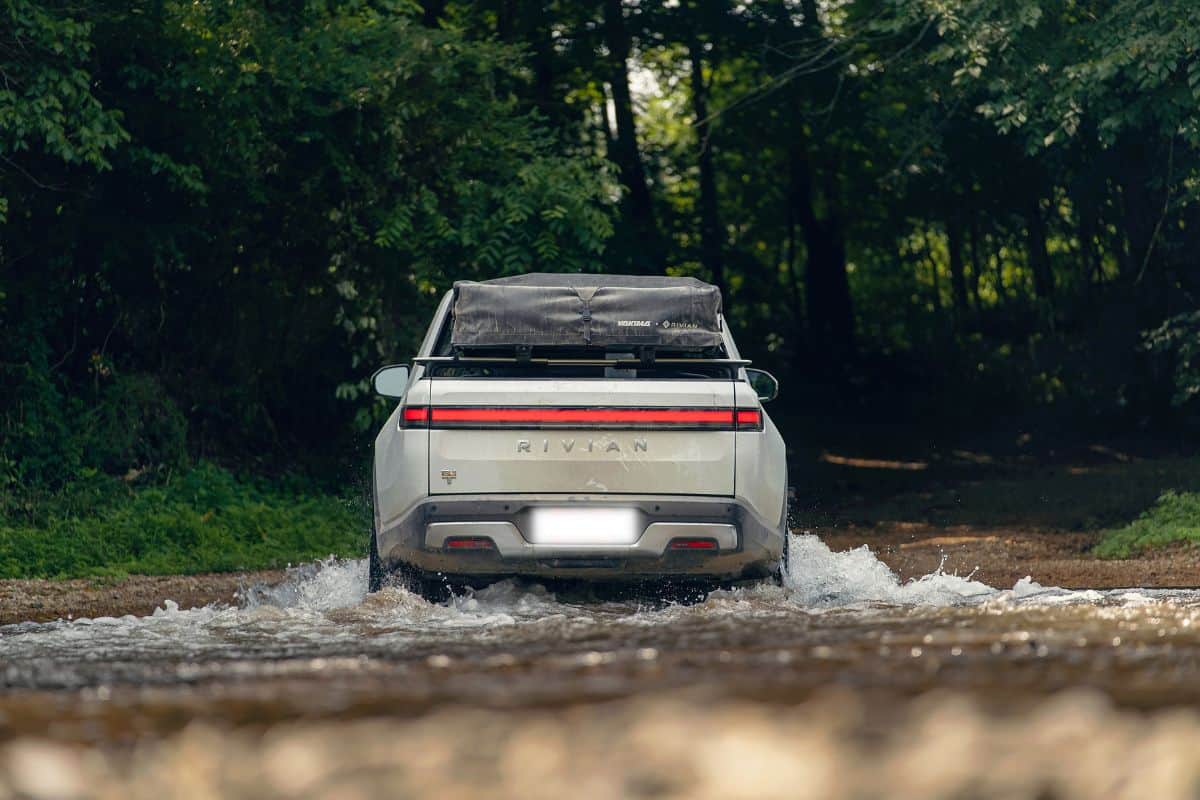
Hardware constraints affect the capability of EV companies to implement fully autonomous driving. Most consumer EV companies fall under SAE Level 2 autonomous driving, and that is really just "assisted driving."
As for Rivian, CEO R.J. Scaringe revealed that the company would focus only on perfecting its driver-assist features for the foreseeable future.
However, Rivian has also hired a former executive from Waymo—an autonomous driving technology company—to lead its Autonomy & AI department.
This is a subtle but strong expression of Rivian's desire to fully automate their vehicles sooner rather than later.
How Much Do Rivian Electric Vehicles Cost?
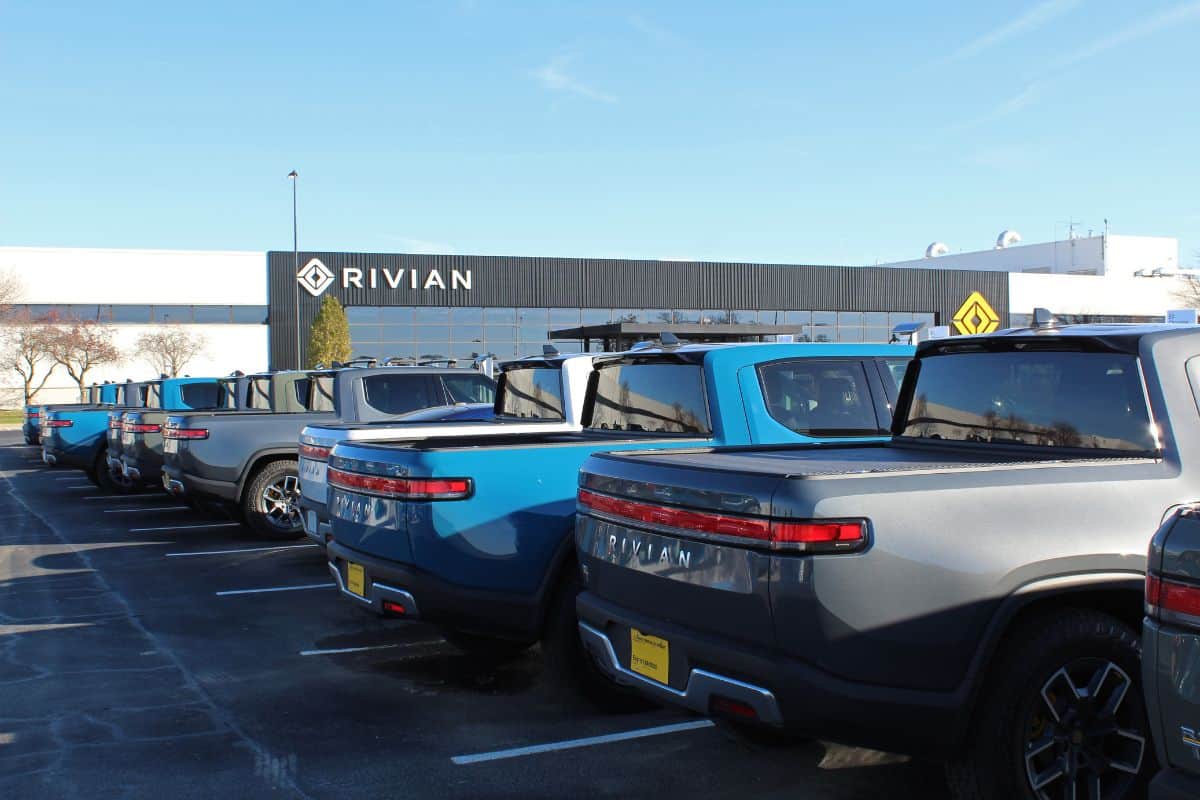
Nowadays, demand for electric vehicles is starting to dominate the automotive market. Increasing climate awareness and astronomical gas prices have been key contributors to this ever-growing demand.
And while EVs might help you save costs on gas, they also tend to be quite expensive. Only a handful of independent companies are focusing all of their resources on manufacturing EVs.
Examples of these companies are Rivian and Tesla. On the other hand, household automakers like Toyota and Ford have just started to join this market.
Rivian currently has two vehicles in its fleet: the R1S and the R1T. Their pick-up truck model, the Rivian R1T, starts at $73,000 for the base model, while a fully decked-out version can cost $114,000.
Meanwhile, the Rivian R1S—its SUV model—starts at $78,000 and could go as high as $109,000.
To Sum Up
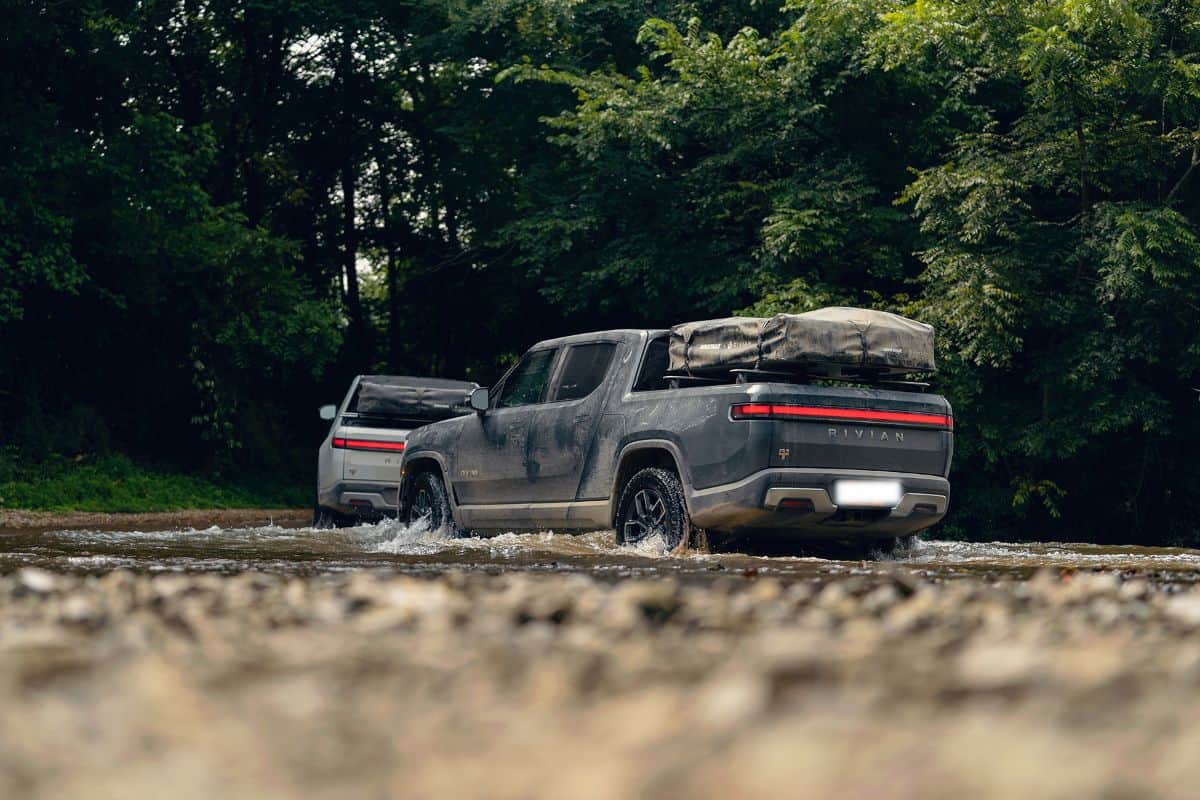
Electric vehicles are the future of the automobile industry—there is no doubt about that. However, the EV market is still in its early days, and the cars are not really considered a potential threat to gas-powered vehicles.
Even if the market is still in its infancy, companies like Rivian make us excited for the future of autonomous driving and electric vehicles in general.
With a few more years of research and development, companies like Rivian will dominate the automotive market and take the next step in the evolution of transportation.
If you found this post insightful, be sure to check out our other EV-related posts on the site:
3 Types of Electric Vehicles (What Every Driver Needs to Know)
Do Electric Cars Need Oil Changes or Other Routine Maintenance?
